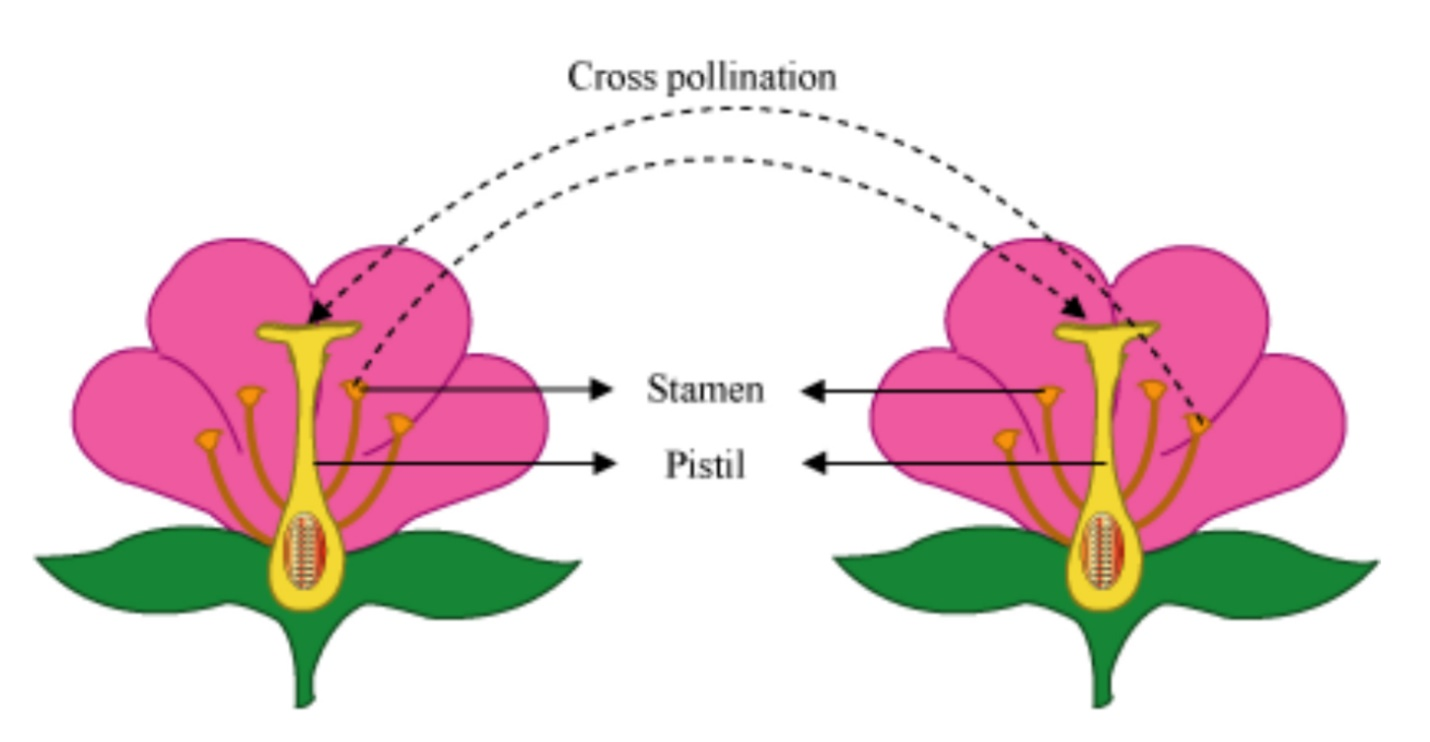Introduction.
Pollination is the transfer of pollen grains from a male part of a plant to a female part of a plant. This later enables fertilization of the plant and the production of seeds. The transfer is most often facilitated by an animal or by the wind, which is the pollinating agents. Examples of pollination include self- pollination, and cross-pollination.
Self-pollination.
Self- pollination is the transfer of pollen grains from the anther to the stigma of the same flower. It is common in plants which contain both the male and the female parts on the same flower. In these plants, both the stigma and the anthers are of the same height for easier transfer of pollen grains. Examples of self- pollinating plants include wheat, barley, oats, rice, tomatoes, potatoes, apricots, and peaches.
Examples of self- pollination include;
- Geitonagamy– this involves the transfer of pollen grains from the anthers of one flower to the stigma of another flower.
- Autogamy– this involves the transfer of pollen grains from the anthers of a flower to the stigma of the same flower.
Cross-pollination.
Cross-pollination is the transfer of pollen from the anther of a flower of one plant to the stigma of the flower of another plant of the same species. It is facilitated by agents of pollination such as birds, water, and wind.

Examples of cross-pollination include;
- Hydrophilous flowers: the agent involved in this type of pollination is water which carries the pollen across from one flower to another. The pollen usually has special adaptations to float on water.
- Zoophilous flowers: the agents involved are animals such as bats, birds, and human beings. The pollen of these flowers is designed to stick on the animal for easier transfer, for example, blackjack.
- Anemophilous flowers: the wind is the agent used in the transfer of pollen from one flower to another. The pollen grains are very light and non-sticky for easier transfer by the wind.
- Entomophilic flowers: the flowers are pollinated by insects. These flowers have an attractive look and fragrance to attract insects. They have extensions to allow them to stick on the insect bodies.
- Ornithophilous flowers: such are pollinated by birds. It is used by a few flowers.
